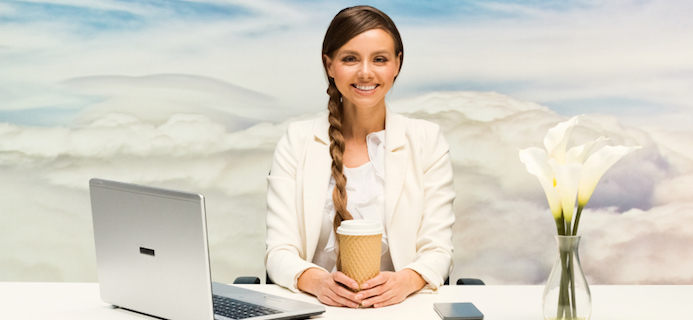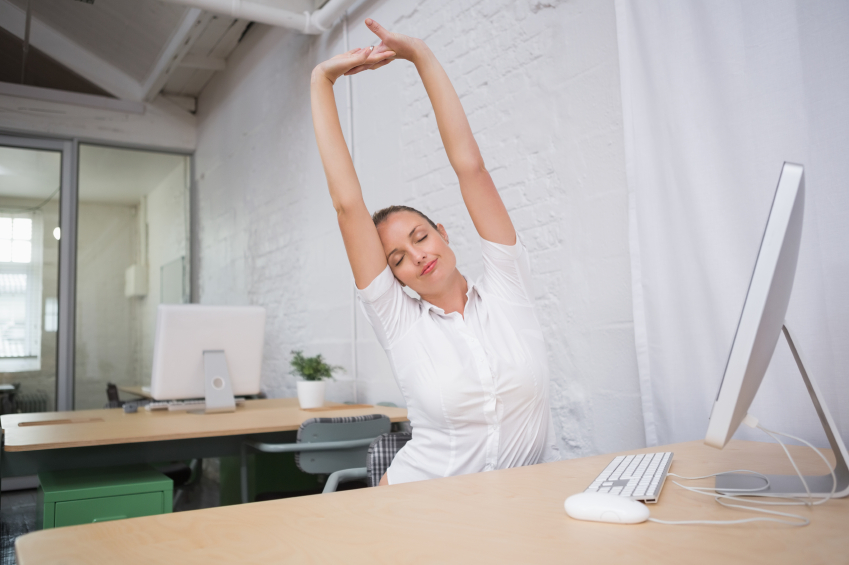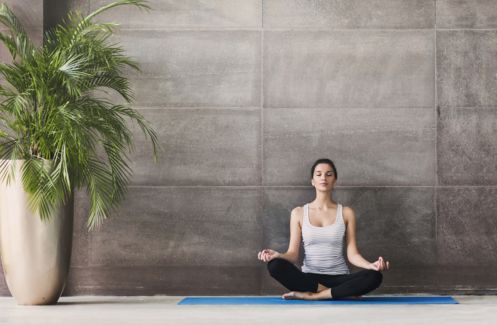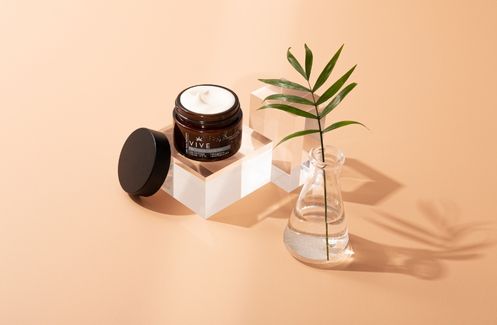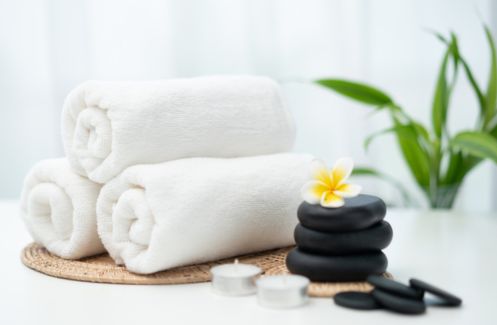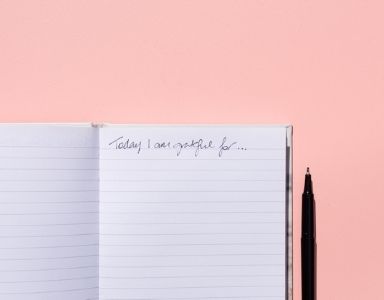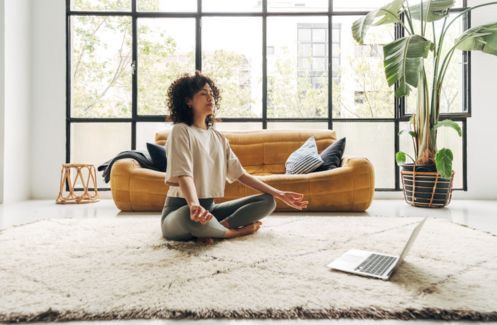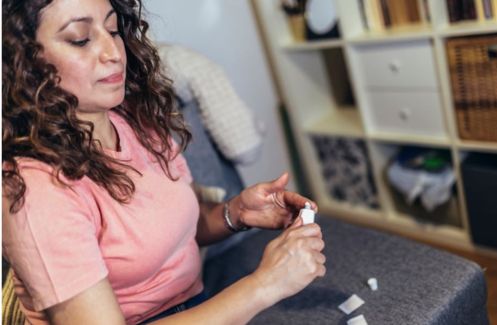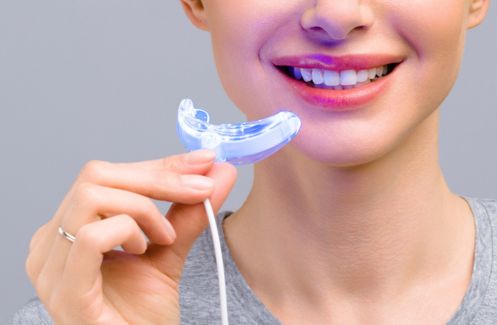Smart people take smart breaks, says nutritionist Charlotte Watts, who shares the secrets of taking time out to boost work productivity
In my consultancy, I have the opportunity to discuss the intricacies of the working day with many clients.
As I specialise in burnout, fatigue, anxiety and other stress-related conditions, this means I often work with those who have high demand jobs, and who struggle to balance their available energy and simply get through their workload intact and sane.
When we need to get the job done, we have to keep going in the moment
These people are often aware that they are pushing their resources to the limits, but we all know that when we need to get the job done, we have to keep going in the moment.
It might not be that the job is simply overwhelming, but that many of us actually enjoy what we do and rise to that excitement for challenge and the achievement that is part of productivity.
So it’s quite easy for us to keep going when we’re on a roll, and don’t want to step back and intercept that excitatory type of energy that can be so good for mental acuity, quick responses and determination.
The rise of Computer Vision Syndrome
Because we can either love or be in the habit of going at it like a greyhound out of a trap, we can easily get used to living in this one spectrum speed, especially as it now seems like the cultural norm.
Many of us who’ve been working for 30 years (yup, starting from when I was 15, gulp!) can remember when breaks were absolutely compulsory and we could feel it was for good reason.
Now we’re more used to ignoring that point of needing to down tools, and this has definitely worsened since the tools were a mouse and screen.
Computer Vision Syndrome, a kind of repetitive strain condition for the eyes, is on the increase. Like carpal tunnel syndrome, where keyboard and mouse strain affect the hand and wrist anatomy, continually darting the eyes can have damaging effects; especially as we get older and our eyes become less flexible.
Every strain injury needs space away to allow the body to readjust and reset.
Even switching tasks to something more mundane, can help us recover from the flickering light input of screens
This highlights how a break is not just checking social media on-screen, but needs a whole cessation of yet more stimulus and information coming in. It’s too hard to walk away from the input that has us caught in a repetitive mode.
Even switching tasks to something more mundane, but physical, like filing or cleaning, can help us recover from the flickering light input of screens that keeps our nervous system in a heightened state.
The trouble is that so many of us are used to this constant bombardment that we can be numb to noticing its whole mind-body effect and how it can contribute to anxiety, agitation and that special technology-drain feeling it brings.
In work we can particularly fail to notice this as our language can separate out work and life. But the time we spend at work is part of the bigger picture and if there aren’t in-built damage limitations, allowing us to constantly recharge and renew resources, it can only serve to deplete and affect our ability to sleep and enjoy our time off.
There is plenty of good science to show how breaks, changes in pace, switching tasks and employing the creative sides of our brains helps how we process information, make smart decisions and less mistakes.
We often work dominantly from our analytical left brains, but it is known that when we hit a wall we let our creative right brains join in, we can suddenly find inspiration, understanding and even those ‘Eureka!’ moments.
Less stress means better communication between the left and right brains; where we can make rational or analytical decisions with better flow.
In a study last year, participants given breaks of 1-10 minutes within an hour showed improvements in reaction time that continued to improve with longer rest times, showing that a refreshed brain has better responsiveness.
This also extends to the need to stop being stuck in a sedentary, seated position. With just 90 minutes of continual sitting massively reducing metabolism, there is a great weight management motivation to get up and move regularly.
Add this into the fact that sedentary lifestyles are a major risk factor for heart disease, diabetes, cancer, back and neck pain, muscle degeneration and mental health issues and we can see that taking a break from being static is crucial to our wellbeing.
It’s not just that we’re made to do exercise, but the full function of all of our body systems are designed with continual movement in the mix. Not moving for over an hour is considered sedentary.
Even if you’re exercising at other times of the day, this will still affect your health and ability to fully function at work.
Work is part of life
As I describe in my book, The De-Stress Effect, losing balance of doing and not doing within the working day shows up in mind-body systems as overload. This too much, too often can translate into feelings of being overwhelmed and not able to cope.
Even for those who can sail through the day on a wave of adrenal hormones, this overload can be seen later when there may be a crash of energy at home or high stress hormones preventing full, quality sleep.
However your personal expression of where this too much goes, is a sign that something has to give. Practically, this means prioritising space, recharging and reconnecting with reflection and perspective.
These may be in the smallest and most subtle of places, as regular shorter breaks have shown to be more effective than the occasional longer one.
Stopping the charge forward regularly can really make the difference between a working day that feels easily productive with energy to spare and one that leaves us turning to self-soothing strategies like alcohol or falling asleep on the sofa.
It can also mean that we handle those unexpected stresses with grace and equanimity, rather than fear, anger or panic.
A culture of stress
Taking breaks is something that used to be seen not just as important for energy, but something we all had a right to as a necessity in the working day.
A break isn’t slacking off or something only smokers do, but where our brains get the chance to rest. Just like muscle resting after physical activity, this is where they can come back with renewed vigour after recovery.
A break isn’t slacking off or something only smokers do, but where our brains get the chance to rest
According to Bupa we are entitled to a 20 minute break for every six hours we work. Few people are getting this level of rest, let alone the five to ten minutes an hour break that’s makes us most efficient in processing and in skills like attention to detail, where we make less mistakes or overlook subtleties that then need time and stress picking up later.
Much of the problem stems from office cultures where it might be unusual to take a break, so being The Lone Wolf who stepped away from their desk can make it feel like we are demonstrating less commitment in the job.
With the Health and Safety Executive (HSE) reporting that in 2014/15, 440,000 people in the UK reported work-related stress at a level they believed was making them ill, this is no trivial issue.
Those figures equate to 40 per cent of all work-related illness and include psychological problems, like the stress, anxiety and depression that are behind one in five visits to a GP.
A study out this year showed pharmacists with increased work stress demonstrated increased unsafe practices of patient care.
We naturally starts to lose focus after 50 minutes and if paying attention, can feel this point where the brain naturally lulls and we may then struggle to concentrate.
This is the crunch point where we can take a quick break (even just standing and stretching) or turn to behaviours that prop us up and add stress into the system.
Stimulants like sugar and caffeine will keep us going but ultimately steal energy, create dependency and deplete our coping abilities.
We can also keep up concentration levels by tensing the body – clenching the jaw and bracing the shoulders increase blood flow to the brain and this is often a route to stress-related neck and back pain, alongside the hunched posture common in sitting at a chair over a computer.
If we took a break at this point, we would allow the brain to take the breather it needs to continue, without putting us into a state of constant alert to keep going.
8 ways to take smart breaks
#1 Speak to your boss
You may find that they are encouraging of any behaviour habits that increase your ability to work well and not burn out.
Often it is our own internal drivers, not the expectations of others that lock us into behavioural patterns. A smart boss doesn’t want her staff underperforming and taking sick days through stress.
#2 Learn to recognise when you’ve hit that overstimulated point
And respond before you’ve pushed over the edge. This is the mindful practice is remaining attuned to your body whilst you’re in head mode.
If we can keep an inner eye on when our breathing may being held or quickened, when we might get tension in the back of the skull or shoulder aches means we can regulate when we step back and let these signs of stress accumulation move through.
#3 Discuss this with your immediate colleagues
And see how they feel, so that any new habits don’t seem like you are less involved or committed.
Explain that you are consciously looking after your health and therefore your working ability, then depending on the type of job you have, you may be able to schedule breaks together or take it in turns to get some well needed space.
Creating a new culture can benefit your whole working environment and quality of life.
#4 Include standing up and movement whenever you can
Even a few moments getting circulation going and releasing tight shoulders can have profound effects. Stretch up and out; taking your arms above your head wakes up your brain and shoulder rolls relieve that concrete upper back that creates so many postural issues.
There’s a reason we stretch first thing in the morning – to make space within connective tissue that feeds awakening sensations to the brain. This is not a jangly, overstimulated energising, but the type of stimulation that still allows us to be alert without needing to go into hypervigilance.
Stretching muscle also strengthens our ability to self–soothe via the calming vagus nerve (vagal tone) and often we will find we also yawn at this point and can feel a deep release through the jaw and head and a resetting of breath patterns from stressed to more balanced. Let your body express what it needs!
#5 Include breaks within practical stuff you have to do
like going to the toilet or to the printer. This is an opportunity to both move and to change scenery and perspective.
You can even make this a further journey, like going to a loo further away in your building, especially if that involve stairs or setting your printer further away from your desk.
If you need to speak to a colleague, go and talk to them in person rather than picking up the phone.
#6 Help your breaks nourish your brain’s ability to work
by getting regular water, which also stops you turning to too much caffeine instead. You can also include some well-timed snacks – like nuts or fruit – if a long time between meals.
This intercepts tendencies to compulsively shuffle in sugary snacks when your brain is desperate for quick fix fuel because it hasn’t rested.
#7 Include stuff to do as a break
like walking to get your lunch and eating it away from your desk, even if this just means away from your screen.
#8 Break away from screens entirely
checking your phone and Facebook is not giving your brain a break. Coming back to the fine art of simply being without yet more information input is a skill that can save from us from overload and the health issues that come with it.
Charlotte Watts is a nutritionist and yoga teacher whose work has focused on how nutrition and yoga can meet to help people cope with the demands we face in the 21st century.
Her practice and teaching of mindfulness weaves these together and has culminated in her new book The De-Stress Effect: Rebalance Your Body’s Systems for Vibrant Health and Happiness.
She has also authored The De-Stress Diet (with Anna Magee) and 100 Best Foods for Pregnancy and 100 Foods to Stay Young.
Relevant Healthista Content:
Fitness sensation Krissy Cela reveals 10 tips on getting back into the gym post lockdown
10 ways to boost sexual confidence post-lockdown
11 simple ways to de-stress during self isolation
Self-isolation – 7 steps to make your home a feel good space
Healthista Content you may also like:
Need an energy boost? Start your day with one of these 5 easy recipes
Feeling tired all the time? This one minute energy boost will do the trick
Like this article? Sign up to our newsletter to get more articles like this delivered straight to your inbox.



